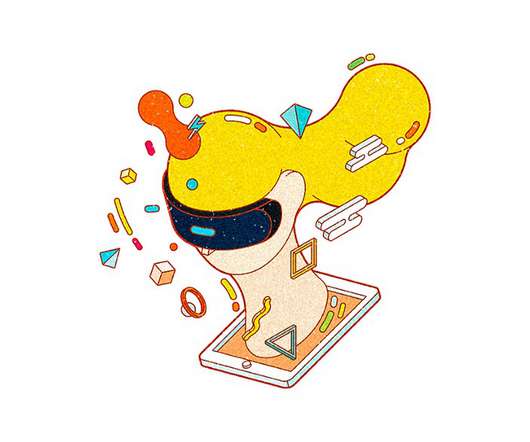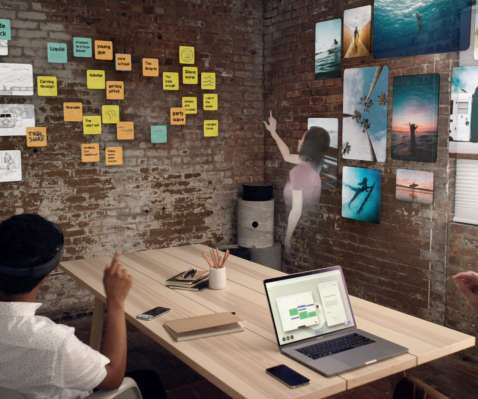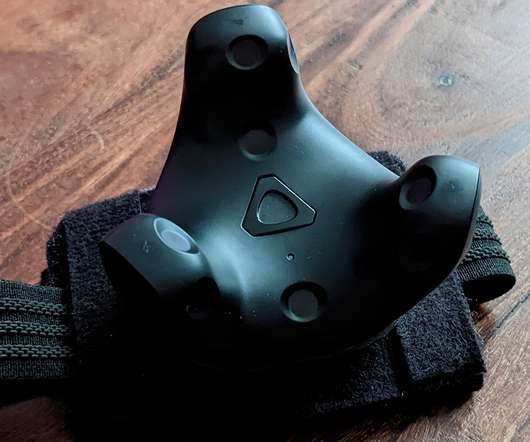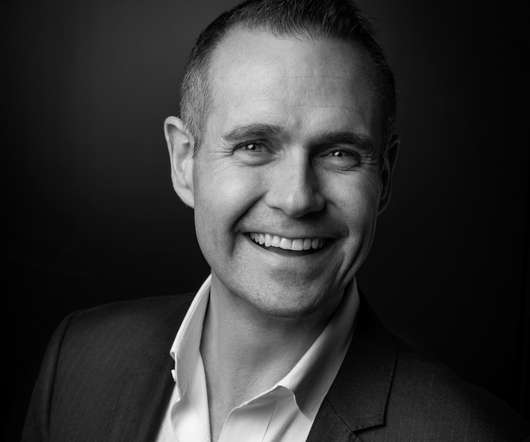AR 101?—?A brief summary (Part 1)
ARVR
JULY 9, 2020
Augmented Reality Trends (Part 2) Brief history Some important AR facts: 60s : Engineer Ivan Sutherland, created the SketchPad project, a system based on what is now known as computer graphics, and created a see-through to present 3D graphics (Krevelen, 2010)(Jaimini, 2016). The International Journal of Virtual Reality, 9(2):1{20, 2010.














Let's personalize your content